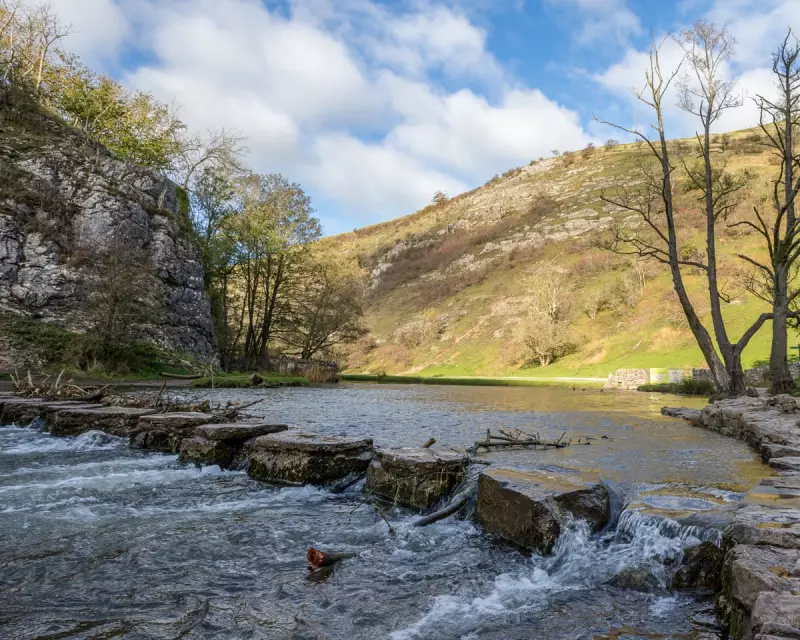
The crisp November air bites as I carefully pick my way across the famous stepping stones of Dovedale. The River Dove churns white around each large, flat rock, a testament to the raw power of nature in this stunning limestone valley straddling Derbyshire and Staffordshire. On a quiet morning like this, it's easy to understand why this place has captivated artists for centuries, including the celebrated 18th-century painter, Joseph Wright of Derby.
Where Art and Industry Converge
Wright's profound connection to this landscape and the era he lived in is the focus of a major new exhibition, Wright of Derby: From the Shadow, at the National Gallery in London until 10 May. To understand the man behind the canvas, I travelled to his home town. Tony Butler, executive director of Derby Museums Trust, explains that Wright painted at a pivotal time. "People started travelling to places that in those days were hard to get to – places like the Peak District," he says, noting the growing appreciation for wild landscapes and the sublime feelings they evoked.
At the Derby Museum and Art Gallery, home to the world's largest collection of Wright's work, his versatility is on full display. His paintings are not just pretty pictures; they are documents of the Age of Enlightenment. Derby was a hub of industrial growth, and Wright was at its heart, rubbing shoulders with the Lunar Society, a group of pioneering Midlands-based thinkers. "He was a documenter of that," Butler states. "He's really reflecting the spirit of the age."
Traces of the Industrial Revolution
This spirit is immortalised in works like A Philosopher Giving That Lecture on the Orrery, which captures the thirst for scientific knowledge. Wright also painted the era's industrial titans, such as Sir Richard Arkwright, who built his revolutionary water-powered cotton mill at Cromford in 1771. A visit to Cromford Mills today offers a powerful glimpse into this world. On a guided tour, I walked through vast factory buildings, seeing the machinery that powered the Industrial Revolution—a revolution Wright painted in both day and night scenes.
Back in Derby, the city's making heritage is celebrated at the innovative Museum of Making, located on the site of the historic Derby Silk Mill. Here, 300 years of creativity are on display, from Enlightenment-era inventions to a suspended Toyota car representing modern manufacturing. Alex Rock from Derby Museums and I shared a moment of regional pride, lifting our coffee mugs to confirm they were made by Denby, the local pottery company.
From the Workshop to the Cathedral
The museum isn't just for looking; its workshop allows visitors to roll up their sleeves and learn skills like pot-throwing. This hands-on ethos feels fitting for a city built on industry. Later, I found symbolic light in Derby Cathedral, whose nave was rebuilt in 1725 with large windows that seem to welcome the 'light' of the Enlightenment itself.
My journey ended with a sense of profound connection. From the serene beauty of Dovedale to the clattering innovation of Cromford Mills, the people and places that shaped Joseph Wright are still vividly present. As Alex Rock aptly put it, "If you really want to experience the culture that Wright came from, you need to come to Derby." The landscape that inspired sublime art and the engines of industry that powered a revolution await discovery.





